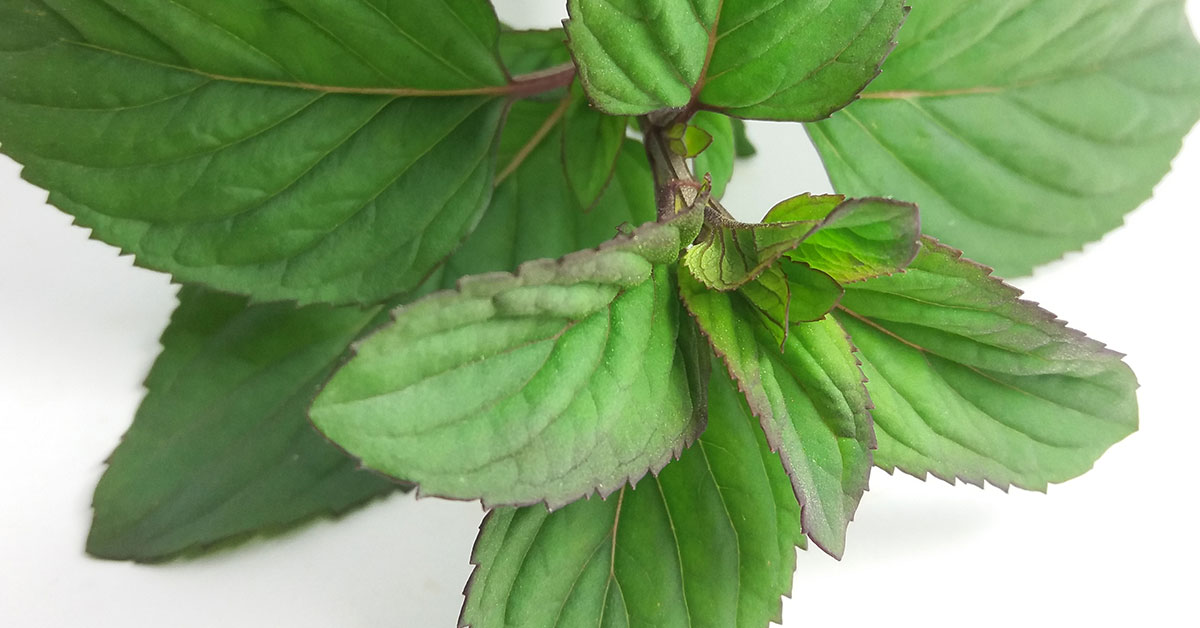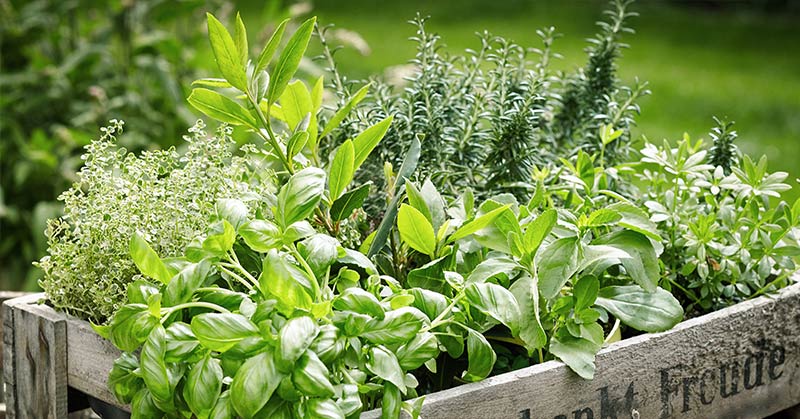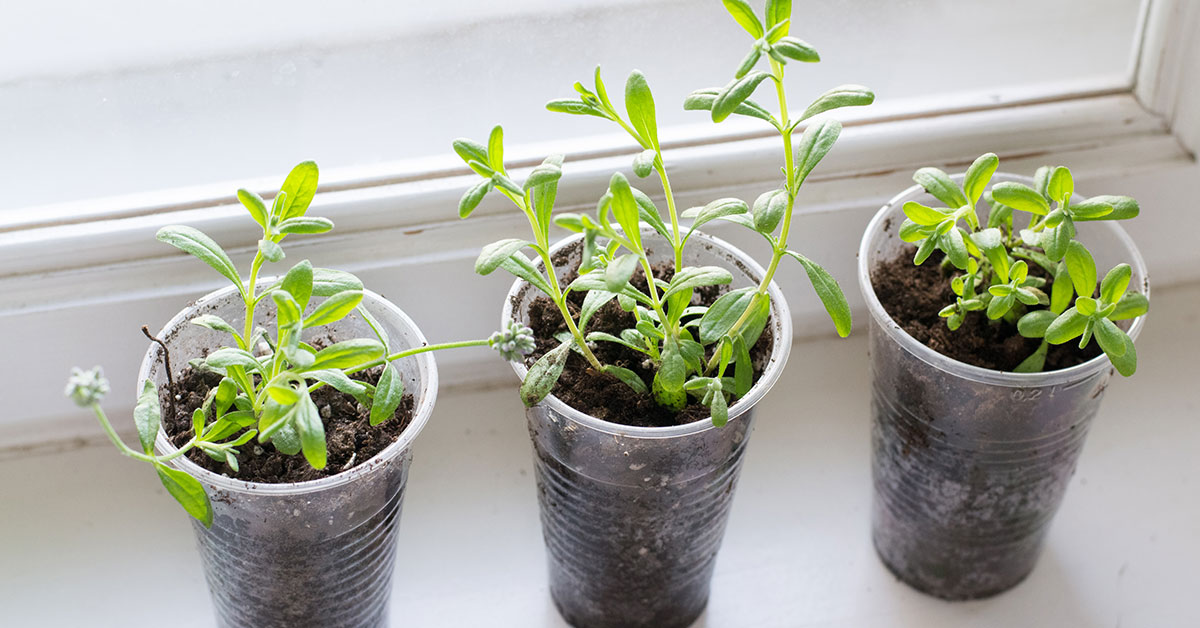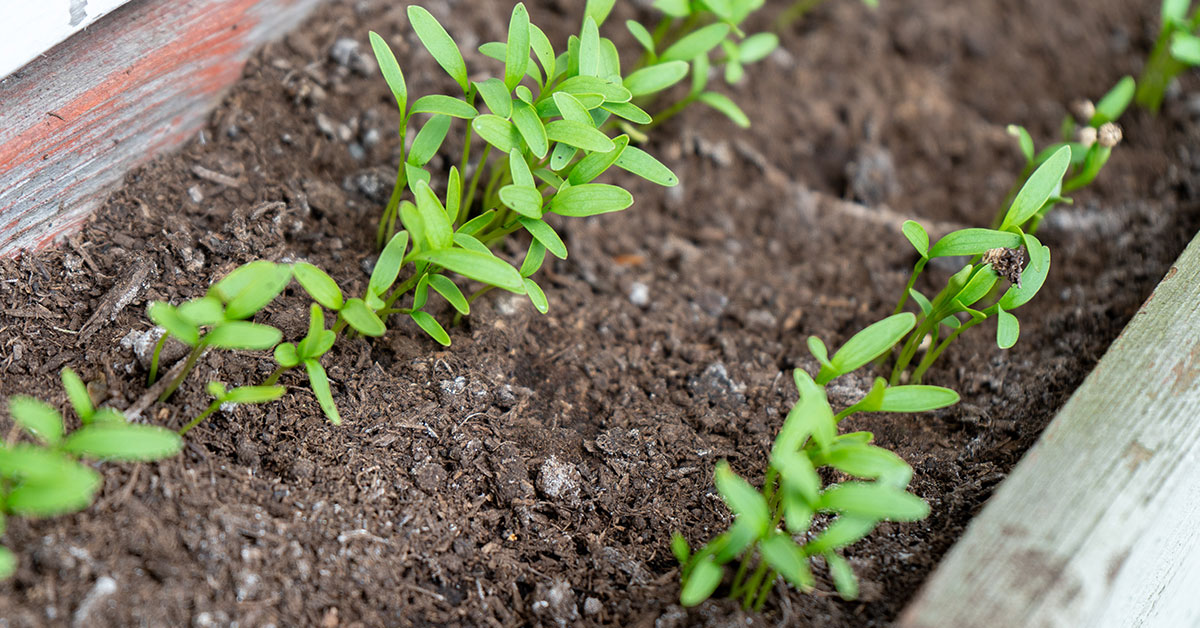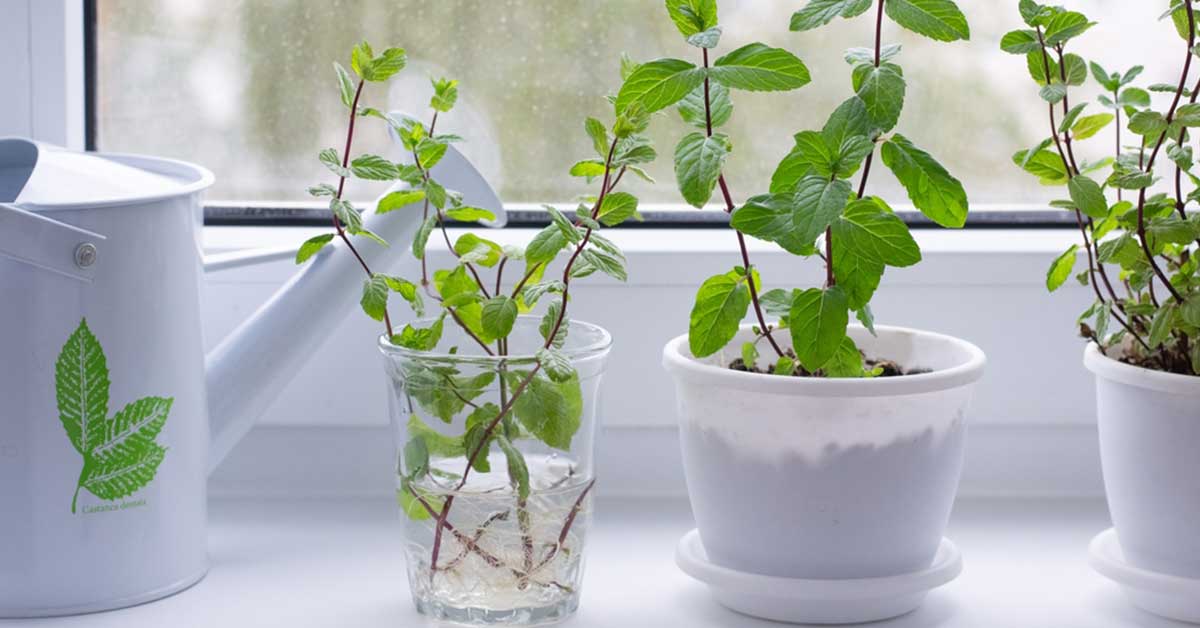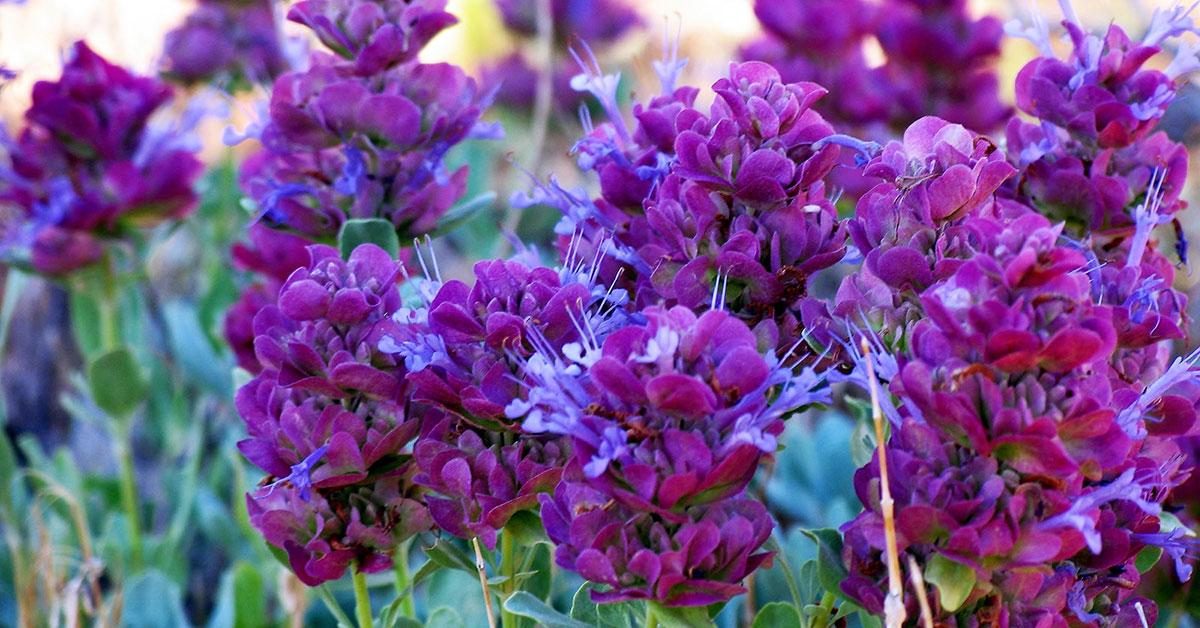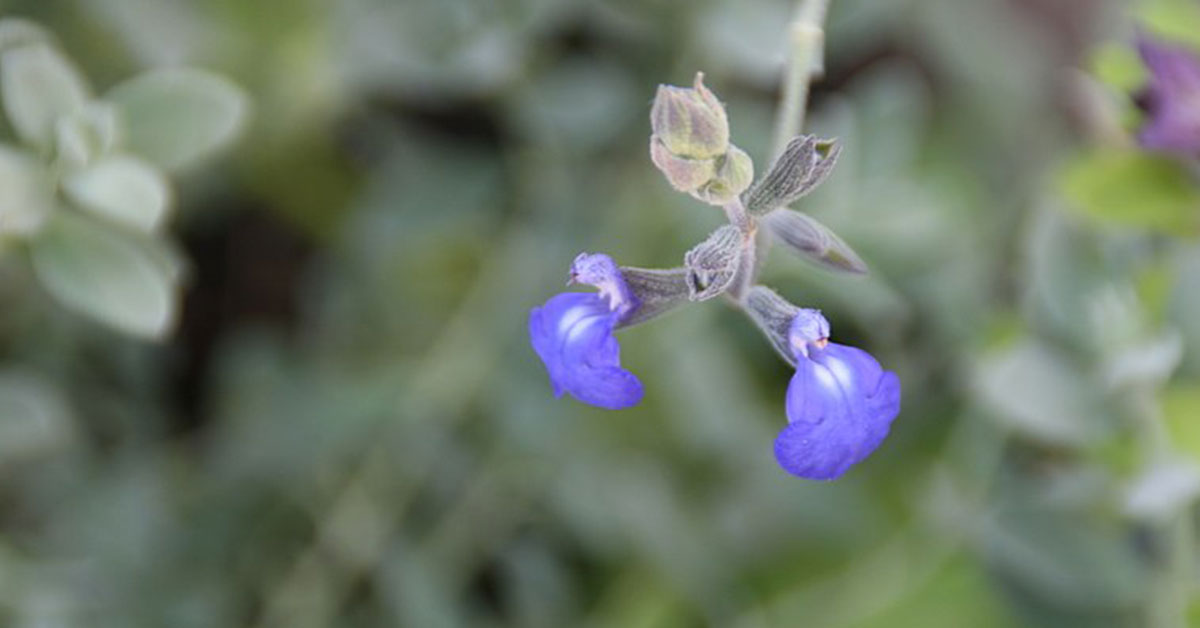Lemon Mint, also known as Mentha citrata, is a delightful herb with a refreshing scent and taste. It is a member of the mint family and is native to the Mediterranean region. The plant is widely used in various culinary and medicinal applications, thanks to its numerous health benefits. The herb is commonly used to make tea, and its essential oil is used in aromatherapy, skincare, and other health and wellness products. In this blog, we will explore the many benefits of Lemon Mint and how you can incorporate it into your daily life.
What is a Lemon Mint?
Lemon Mint, also known as Mentha citrata, is a herbaceous plant that belongs to the mint family. This plant is native to Europe and is now widely cultivated all over the world. It is known for its refreshing lemony scent and flavor, which makes it a popular ingredient in culinary and cosmetic products.
Lemon Mint has a unique appearance with oblong-shaped leaves that are dark green in color and have jagged edges. The plant produces clusters of small, pink or lavender-colored flowers, which attract bees and other pollinators.
Lemon Mint is a hardy plant that can thrive in a variety of growing conditions. It prefers well-drained soil, and partial shade or full sun exposure. It can grow up to 2 feet tall and spreads through underground runners, leading to the formation of a dense mat of foliage.
This plant has a long history of use in traditional medicine, particularly for its digestive and respiratory benefits. It contains several essential oils, including citral, that give it its characteristic lemony scent. These oils have antiseptic, anti-inflammatory, and antioxidant properties, which make Lemon Mint a valuable ingredient in natural remedies.
In addition to its medicinal properties, Lemon Mint is also used in culinary preparations. Its fresh and tangy flavor pairs well with a variety of dishes, from salads to soups and stews. It is also used to flavor teas, cocktails, and other beverages.
Overall, Lemon Mint is a versatile and fragrant herb that has many uses and benefits. Whether you are growing it for its medicinal properties or culinary uses, it is a great addition to any herb garden or kitchen.
What makes Lemon Mint (Mentha citrata) different from other varieties?
Lemon Mint, also known as Mentha citrata, is a unique and distinctive variety of mint that stands out from the rest. What sets it apart from other mint varieties is its lemony aroma, which is why it is also called “lemon-scented mint”. This mint variety is a hybrid of two other mint species, spearmint and citronella mint.
Lemon Mint has a vibrant and refreshing scent that is perfect for use in various aromatherapy treatments. It is also an excellent addition to herbal teas, desserts, and cocktails, thanks to its lemony flavor. The leaves of the Lemon Mint plant are slightly fuzzy and have a bright green color that adds a pop of color to any dish or garden.
Another unique feature of Lemon Mint is its growth habit. While most mint varieties tend to be invasive and spread quickly, Lemon Mint is a well-behaved plant that grows in compact clumps. This makes it an ideal herb to grow in a small garden or in pots on a balcony or windowsill.
In terms of health benefits, Lemon Mint is known to have digestive properties and is often used to alleviate stomach issues like bloating and flatulence. It is also a natural insect repellent due to its citronella content, making it a great addition to outdoor gatherings.
Overall, Lemon Mint is a versatile and distinctive herb that adds flavor and fragrance to many different applications. Its unique lemony scent, growth habit, and health benefits make it a must-have in any herb garden or kitchen.
How to grow Lemon Mint
If you’re interested in growing mint in your garden or in containers, here’s a brief guide to help you get started:
- Choosing a Location: Select a location that receives partial to full sun. Mint can tolerate some shade but prefers sunlight for optimal growth. Ensure the area has well-drained soil.
- Obtaining Mint Plants: Purchase mint plants from a nursery or garden center, or propagate them from cuttings. Mint can also be grown from seeds, but it’s generally easier and faster to start with established plants.
- Planting Mint: Dig a hole slightly larger than the root ball of your mint plant. Place the plant in the hole, ensuring it is at the same depth as it was in the container. Fill the hole with soil and gently firm it around the plant. Space multiple plants about 12 to 18 inches apart to allow for their spreading habit.
- Watering and Soil: Mint prefers consistently moist soil. Water the plants regularly, keeping the soil evenly moist but not waterlogged. Avoid letting the soil dry out completely between waterings. Use mulch around the base of the plants to help retain moisture and suppress weed growth.
- Maintenance: Regularly check for pests and diseases. Monitor the plants for any signs of infestation or damage, such as aphids or leaf discoloration, and take appropriate action if needed. Prune back any leggy or overgrown stems to encourage bushier growth.
- Harvesting Mint: You can start harvesting mint leaves once the plants have become established. Harvest by snipping off individual leaves or cutting stems just above a set of leaves. Regular harvesting will encourage new growth and keep the plant bushy and healthy. Enjoy fresh mint leaves in beverages, salads, desserts, or use them for culinary purposes.
- Containing Mint: To control the spreading nature of mint, consider planting it in containers or using barriers like buried pots or root guards in the ground. This will help prevent it from taking over your garden.
By following these simple steps, you can successfully grow your own mint, providing a fresh supply of aromatic leaves for culinary delights and adding a delightful fragrance to your garden.
Common problems
Mint is a versatile and aromatic herb that can be a wonderful addition to any garden or herb collection. However, like any plant, mint can encounter certain issues that may affect its growth and vitality. Here is a brief guide to common problems you may encounter when growing mint, along with some tips on how to address them:
- Overwatering: Mint prefers moist but well-draining soil. Overwatering can lead to root rot and other fungal diseases. Ensure the soil has adequate drainage and water only when the top inch of soil feels dry.
- Poor Drainage: Mint requires good drainage to prevent waterlogged roots. If your soil retains excess moisture, consider adding organic matter or planting mint in containers with drainage holes.
- Lack of Sunlight: Mint thrives in full sun to partial shade, typically requiring at least 4-6 hours of sunlight per day. If your mint is not receiving enough sunlight, consider relocating it to a sunnier spot.
- Insufficient Air Circulation: Mint can be susceptible to fungal diseases if it lacks proper air circulation. Plant mint with sufficient spacing between plants to allow air to flow freely and reduce humidity around the leaves.
- Invasive Growth: Mint has a reputation for spreading vigorously and can become invasive if not properly contained. To prevent its aggressive growth, consider planting mint in containers or using root barriers in the ground.
- Pests: Mint can attract pests such as aphids, spider mites, and mint flea beetles. Monitor your plants regularly and take appropriate action at the first sign of infestation. Use organic insecticidal soaps or sprays, or try attracting beneficial insects that feed on these pests.
- Disease: Mint can be susceptible to fungal diseases like powdery mildew and rust. To prevent these diseases, avoid overhead watering, provide adequate spacing for air circulation, and promptly remove any infected leaves.
By being aware of these common problems and taking preventive measures, you can ensure healthy and thriving mint plants in your garden. Regular monitoring, proper care, and ti
Uses for Lemon Mint
Lemon Mint is used for a variety of purposes. It is a member of the mint family and is characterized by its lemony scent and taste. Here are some of the most common uses of Lemon Mint:
- Culinary Use: Lemon Mint is commonly used in the kitchen as an herb to add flavor to dishes. It can be used in salads, soups, stews, and even to flavor drinks like lemonade and tea.
- Medicinal Use: Lemon Mint has been used for centuries in traditional medicine to treat a variety of ailments. It is known to have anti-inflammatory, antiseptic, and analgesic properties. It can be used to treat headaches, digestive issues, and even respiratory problems.
- Aromatherapy Use: Lemon Mint is a popular choice in aromatherapy due to its fresh and invigorating scent. It is believed to help alleviate stress and anxiety, improve mental clarity, and promote relaxation.
- Insect Repellent: Lemon Mint is a natural insect repellent and can be used to keep mosquitoes and other pests at bay. It can be used in the form of a spray or applied directly to the skin.
- Skincare Use: Lemon Mint has been shown to have antibacterial properties that can help to clear up acne and other skin issues. It can also be used as a toner or facial mist to refresh and rejuvenate the skin.
Overall, Lemon Mint is a versatile herb that can be used for a variety of purposes. Whether you are looking to add flavor to your dishes, improve your health, or simply enjoy its fresh aroma, Lemon Mint is definitely worth trying.
